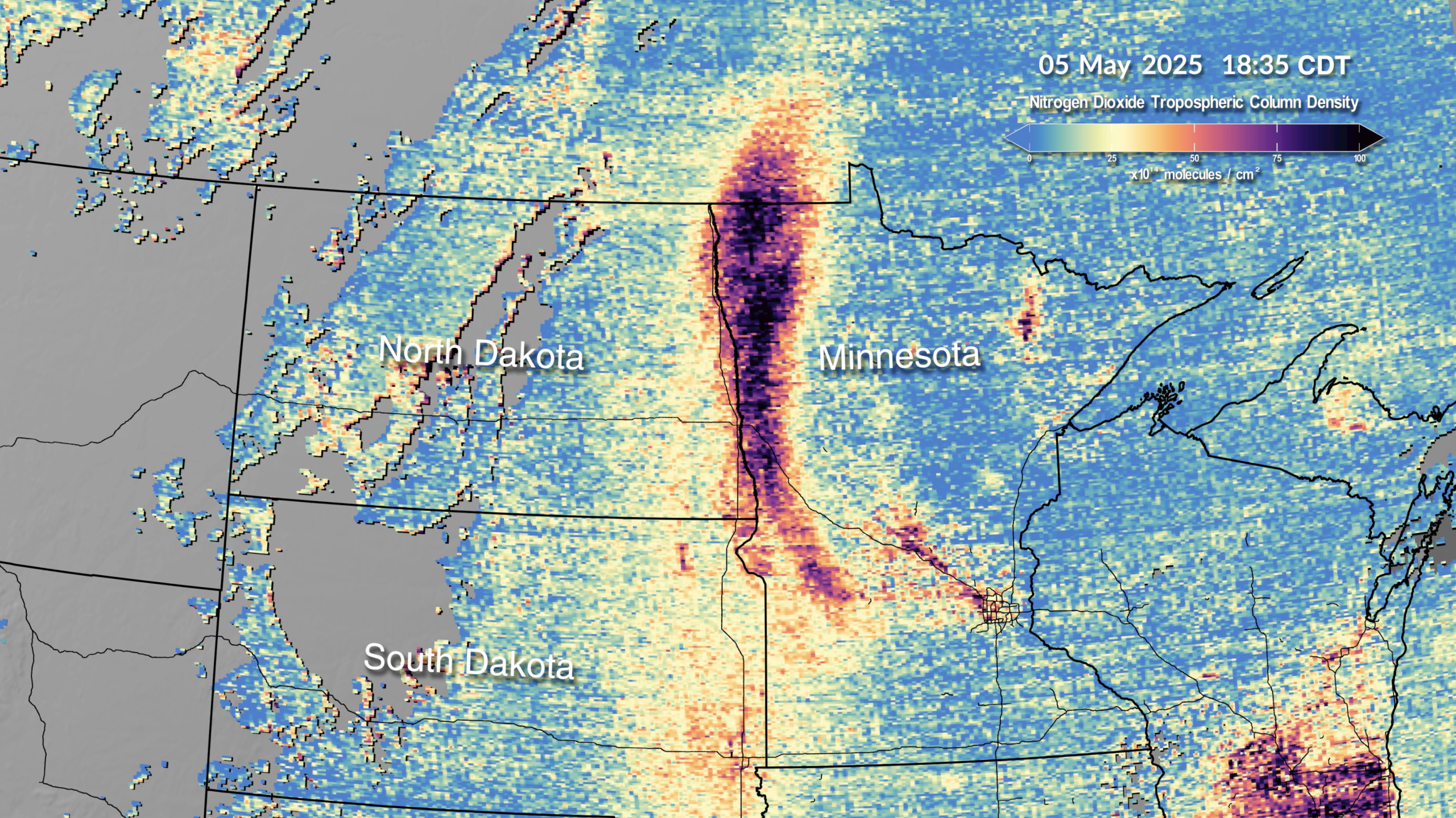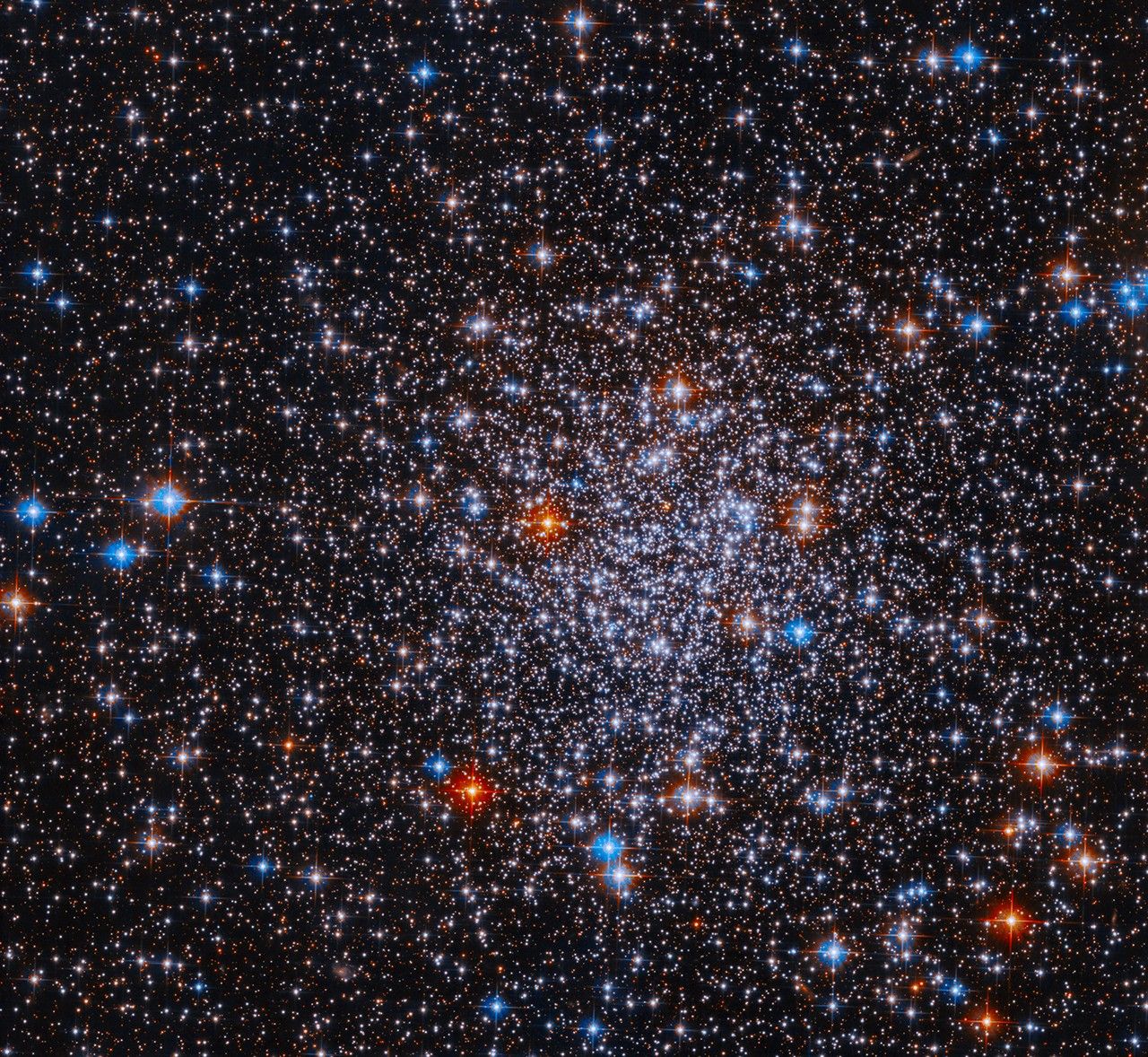Now Reading: NASA Extends Space-Based Air Quality Monitoring Mission
-
01
NASA Extends Space-Based Air Quality Monitoring Mission
NASA Extends Space-Based Air Quality Monitoring Mission

Quick summary
- NASAS TEMPO mission, launched in 2023, has completed its 20-month initial prime mission adn been extended until at least September 2026.
- TEMPO uses a spectrometer too provide hourly air quality data over North America during daytime, improving upon once-daily imaging from earlier satellites.
- The mission detects trace gases like nitrogen dioxide, ozone, and formaldehyde in the troposphere linked to smog, wildfire smoke, dust, and emissions.
- A breakthrough test reduced data delivery time to under three hours for timely air quality alerts via the satellite Needs Working Group at NASA.
- TEMPO set a record by surpassing two petabytes of data downloads within a year from over 800 unique users including atmospheric scientists and health researchers.
- collaborative work with agencies like NOAA aims to expand datasets with aerosol product insights about smoke and dust particles.
- TEMPO operates as part of a virtual air quality monitoring constellation alongside South Korea’s Geostationary Surroundings Monitoring Spectrometer and ESA’s Sentinel-4 satellite.
- Built by BAE Systems Inc., TEMPO flies onboard Intelsat 40e satellite developed by Maxar Technologies with operations centered at Smithsonian Astrophysical Observatory.
For more details: NASA Mission Monitoring Air Quality Extended
Indian Opinion Analysis
India could take valuable cues from NASA’s extended TEMPO mission regarding long-term atmospheric monitoring strategies for addressing environmental challenges such as urban pollution or wildfire effects. The hourly tracking of trace gases is particularly relevant for densely populated regions where localized emissions have higher impacts on public health.Additionally, the pioneering speed of delivering actionable air quality data highlights an opportunity for leveraging real-time analytics in India’s urban planning or disaster management systems.
Given India’s growing interest in space-based applications through agencies like ISRO (Indian space Research Organisation), collaborative efforts involving global partners such as NASA or agencies like ESA might pave the way for implementing similar cutting-edge technologies tailored toward South Asia’s unique geography and emission patterns.
























